
Silvan, the man who smells the weather
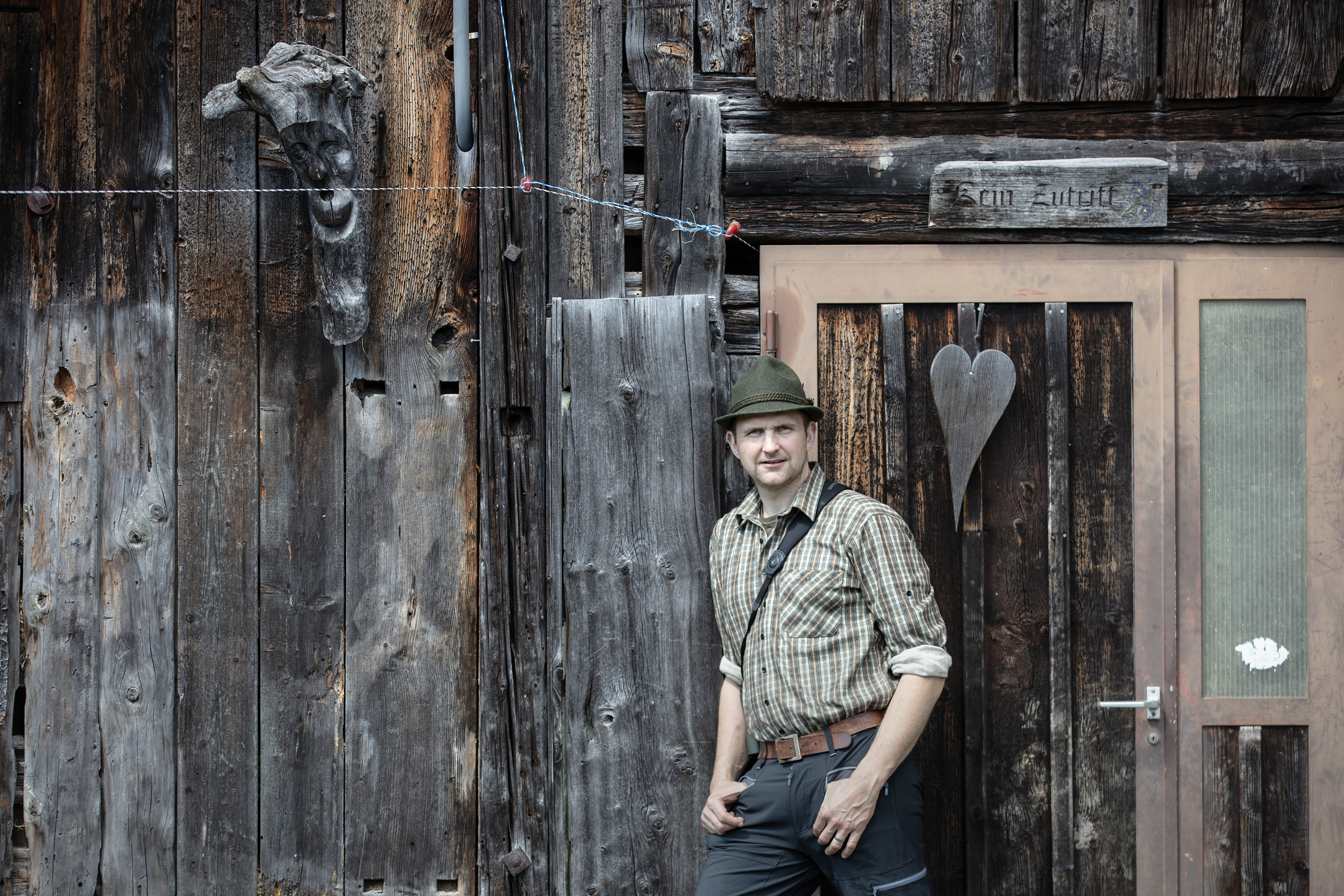
There are people in Switzerland who don’t rely on satellites to tell them what the weather will be like. They are the Wetterschmöcker, the six Muotathal weather prophets who make their predictions by observing nature. Silvan Betschart is the youngest of them.
On one side, Lake Lucerne, in the background Mount Pilatus with its characteristic shape. In the distance, almost invisible to the eye, Lake Ägeri. We are at an altitude of around 1,300 metres and the beauty of the landscape is breath-taking. Around us, the crown of mountains is partially hidden by slowly moving white clouds.
“There’s turmoil in the sky. Perhaps tomorrow we’ll be surprised by an evening thunderstorm,” reckons Silvan Betschart, surveying the horizon.
We are in canton Schwyz, central Switzerland, home of the prophets of the weather, iconic figures of Swiss rural tradition, custodians of knowledge handed down orally for centuries. Betschart has recently joined the ranks of the Muotathal Wetterschmöcker. At 35, he is the youngest of the six prophets. He takes us to one of his childhood places, where he learnt the secrets of “smelling” the weather.
The tradition of the Wetterschmöcker – literally “weather sniffers” or “weather tasters” – dates back at least to 1749, when local farmers began to predict the weather by observing nature.
In 1947, concerned that the advent of radio would cause this knowledge to disappear, the Meteorologen-Verein Innerschwyz (meteorologists association for central Switzerland) was founded to preserve and promote these practices. In the early days, the society had fewer than 100 members, today there are more than 4,500. The membership fee is CHF15 ($19).
The weather prophets meet twice a year, in spring and autumn, to share their forecasts for the coming season with a large audience from all over Switzerland. They also attract the attention of the media. Currently, the group of active Wetterschmöckers consists of six members: Silvan Betschart (Herrenbödler), Karl Hediger (Naturmensch), Martin Gisler (Tannäbart), Martin Holdener (ds Musers), Karl Laimbacher (Tobel-Kari) and Roman Ulrich (ds Jöris).
A ranking of past forecasts is drawn up at each assembly. A jury awards the title of Wetterkönig (weather king) to the most accurate weather prophet.
Reading the signs of nature
“The bees are busy today, even though the temperatures have dropped compared to recent days,” Betschart says as we walk along a forest road. A few steps ahead of us is Calina, a hunting dog, sniffing the ground around her – to the extent that her lead lets her.
Betschart, on the other hand, sniffs the air in search of those signals that only those who know nature intimately can pick up. “In the Pre-Alps and Alps, the weather is always more uncertain than on the central plateau,” he explains. “The big clouds in front of us tell us that it could rain this evening in the Uri, Glarus or Graubünden Alps.”
With Betschart, hat on his head, small telescope around his neck and hiking boots on his feet, we head south, towards the Grosser und Kleiner Mythen, a mountain popular with hikers but at the same time a nature reserve, where wild animals can graze undisturbed, even during the hunting season.
The north-facing meadows vibrate with life: crickets sing and the atmosphere is typical of warm spring days. It is early afternoon and the wild animals have entered the dense forest, seeking coolness.
“I like to come and walk in these places,” he says. “Nowadays, when everything is in a hurry, nature brings me back down to earth.”
We leave the coniferous forest and enter an Alpine pasture, where some well-fed heifers ruminate peacefully near a stable. Betschart stops, observes the surrounding landscape, then picks up his telescope. A kestrel has just crossed the horizon.
“When it does the Holy Spirit, vibrating its wings to remain suspended in the air, it warns us that it will soon rain,” he says. “We have to know how to observe and interpret nature’s clues. The weather always announces itself, in one form or another. What does it mean when the wind turns over the leaves of plants, showing their undersides, or when deer come out to graze?”
The youngest of the six
Interpreting nature’s signals is the art of the weather prophets. Each of the six Muotathal Wetterschmöckers uses different methods for weather forecasting. There are those who observe the beard-like mosses and lichens hanging from fir trees, those who scrutinise the activity of bees or those who read the signs left by mice in the ground. Silvan Betschart relies on the clues of wild animals, specifically those of red deer, roe deer or chamois. In spring and autumn, even mushrooms.
“Their presence, early or late, location and quantity provide us with a lot of information to decipher,” he says. “And then they are products of nature that are very good and appreciated in the kitchen.”
Since last summer, Betschart has joined the select group of weather prophets. By trade he is a butcher and cook, but his great passion is hunting. In Herrenboden, at about 1,200 metres above sea level and about 20 minutes’ drive from Sattel, he runs the family restaurant, now in its third generation. And it is there, over a plate of dumplings and venison, that he tells his story.
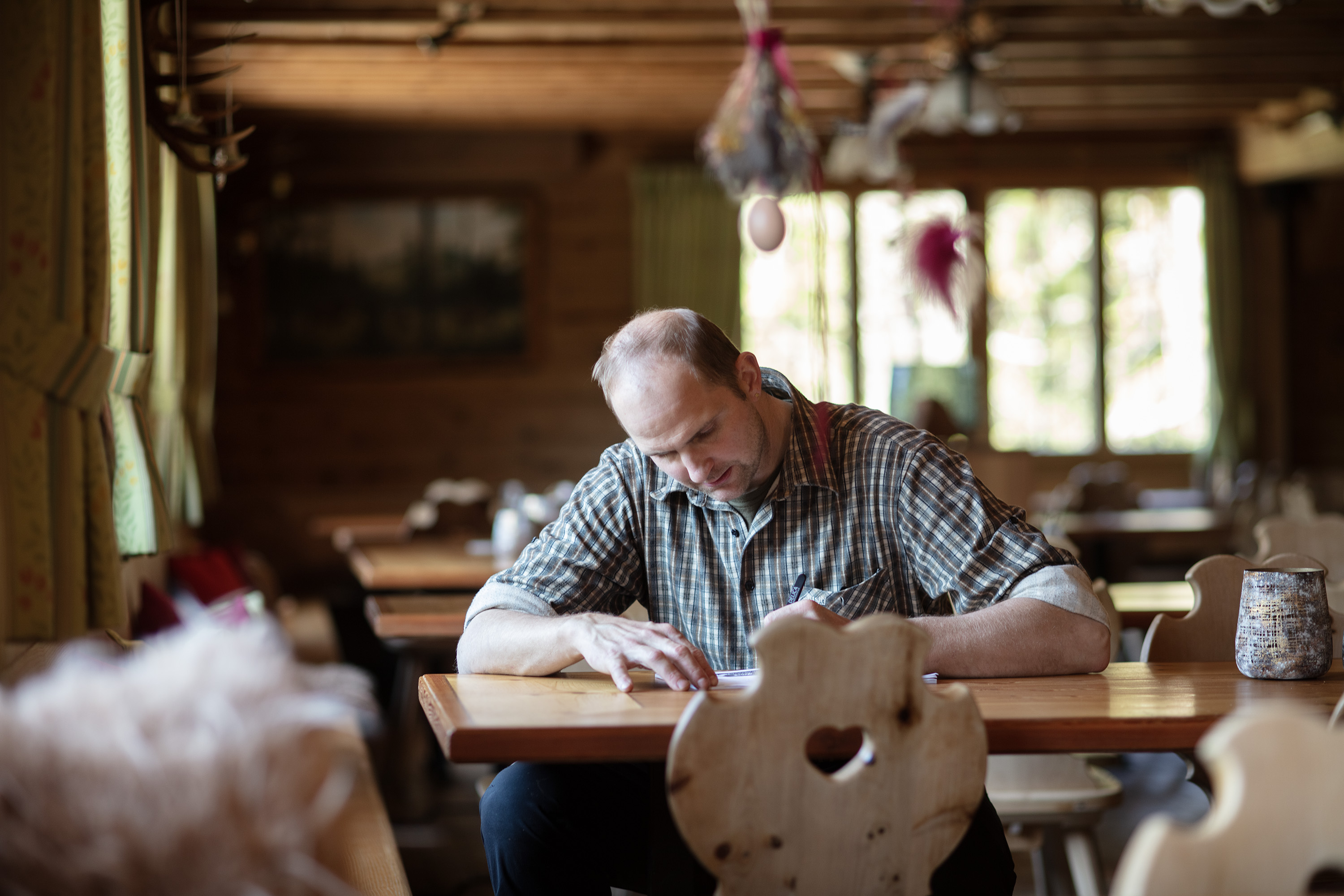
“I grew up with the Wetterschmöckers. Even as a child, I followed their tales, stories and disagreements about the weather when they gathered around the table in our restaurant,” he recalls.
His mentor was his hunting friend, Karl Reichmuth from Haggen ob Schwyz, nicknamed Steinbockjäger, the ibex hunter. “He accompanied us on hunting trips, and from him I learnt how to read the behaviour of wild animals, for example that of deer during the mating season.”
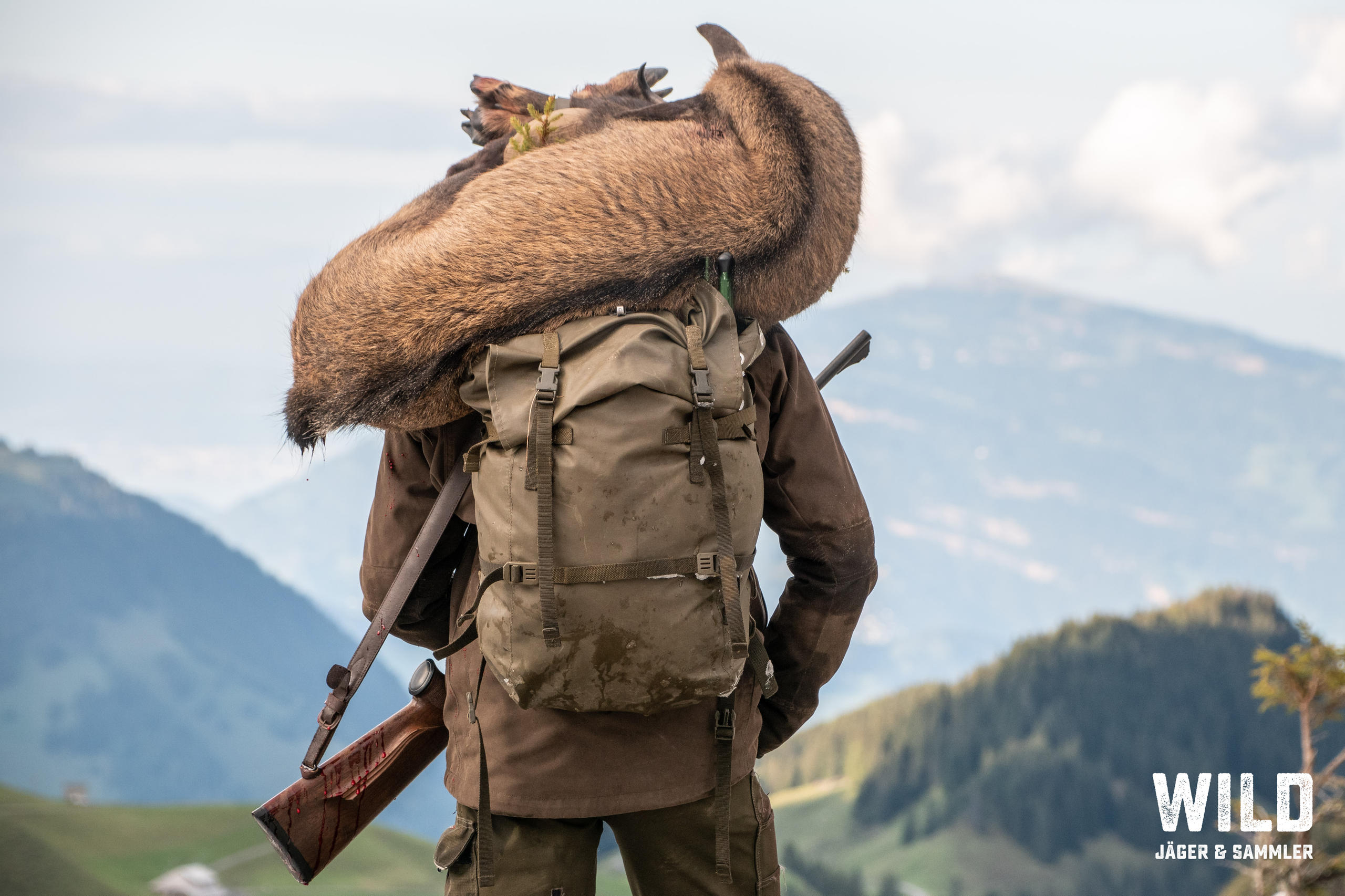
More
Are hunters an endangered species in Switzerland?
Between the serious and the facetious
Last summer, Betschart picked up the baton from Martin Horat, who died in January 2024. A legendary figure throughout Switzerland, Horat was famous for sitting on top of anthills to predict the weather.
It was also thanks to his charisma and fame that the association of weather prophets has seen a surge in membership over the past 20 years.
“I’ve always been fascinated by this ability to predict the weather, not least because it was important for our restaurant to know what the winter season would be like,” Betschart says and sips a coffee from the house, his gaze fixed on the two nearby ski lifts that have been at a standstill for two years. “Some people follow football, I go out with the dog and carefully watch everything around me.”
Before going to sleep, Betschart notes down every detail in a diary that he keeps on his bedside table.
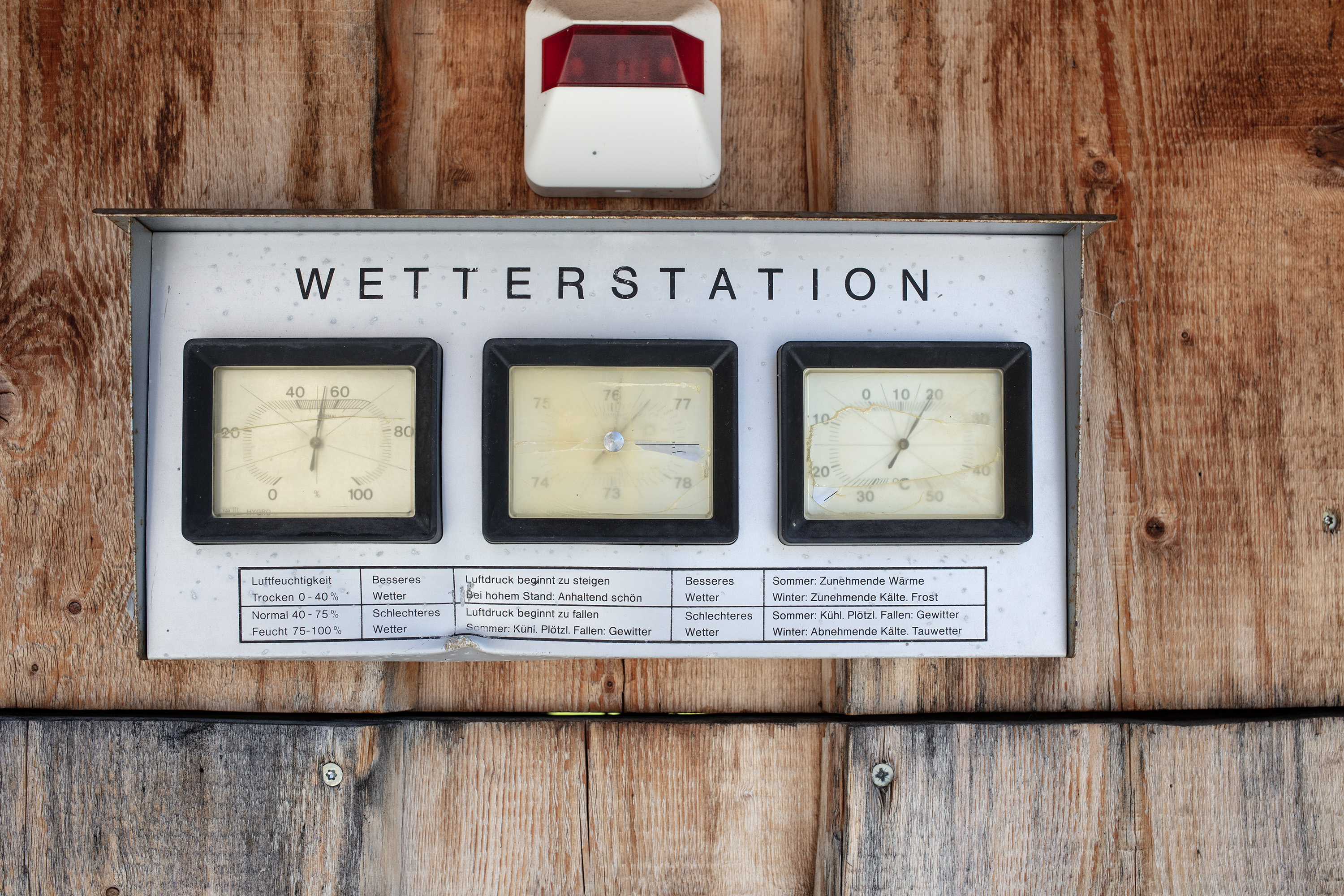
The Herrenbödler, as he is nicknamed, admits that it’s not easy to “get it right”, either in the short or long term. He points out that what the Wetterschmöckers do is also a game, an exercise between the serious and the facetious, combining knowledge and humour.
For this summer, he is optimistic: good weather, not too dry and with sufficient rainfall. Autumn? “Balanced and rich in mushrooms,” he replies with a smile.
Edited by Samuel Jaberg. Adapted from Italian by DeepL/ts
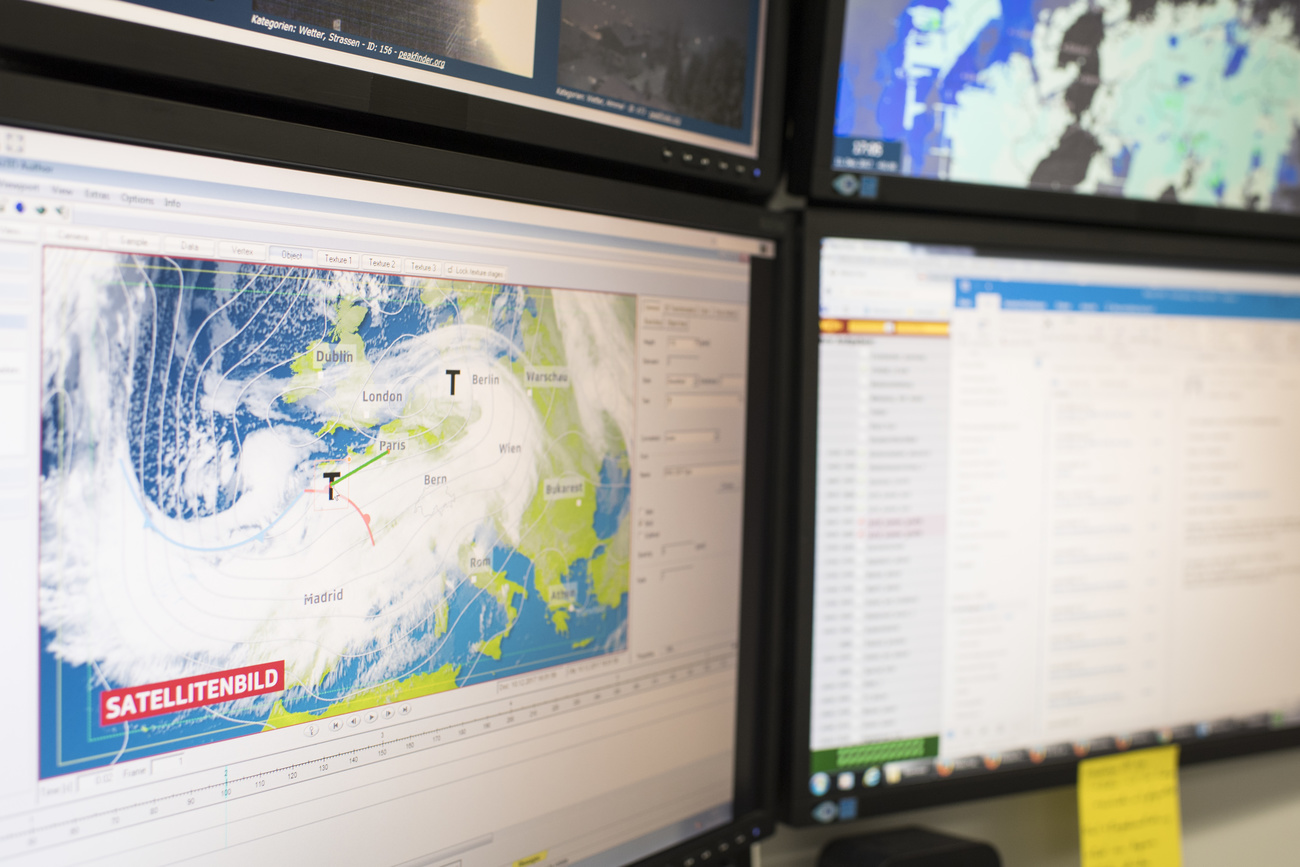
More
Swiss forecaster apologises for incorrect weather predictions
More

In compliance with the JTI standards
More: SWI swissinfo.ch certified by the Journalism Trust Initiative





































You can find an overview of ongoing debates with our journalists here . Please join us!
If you want to start a conversation about a topic raised in this article or want to report factual errors, email us at english@swissinfo.ch.